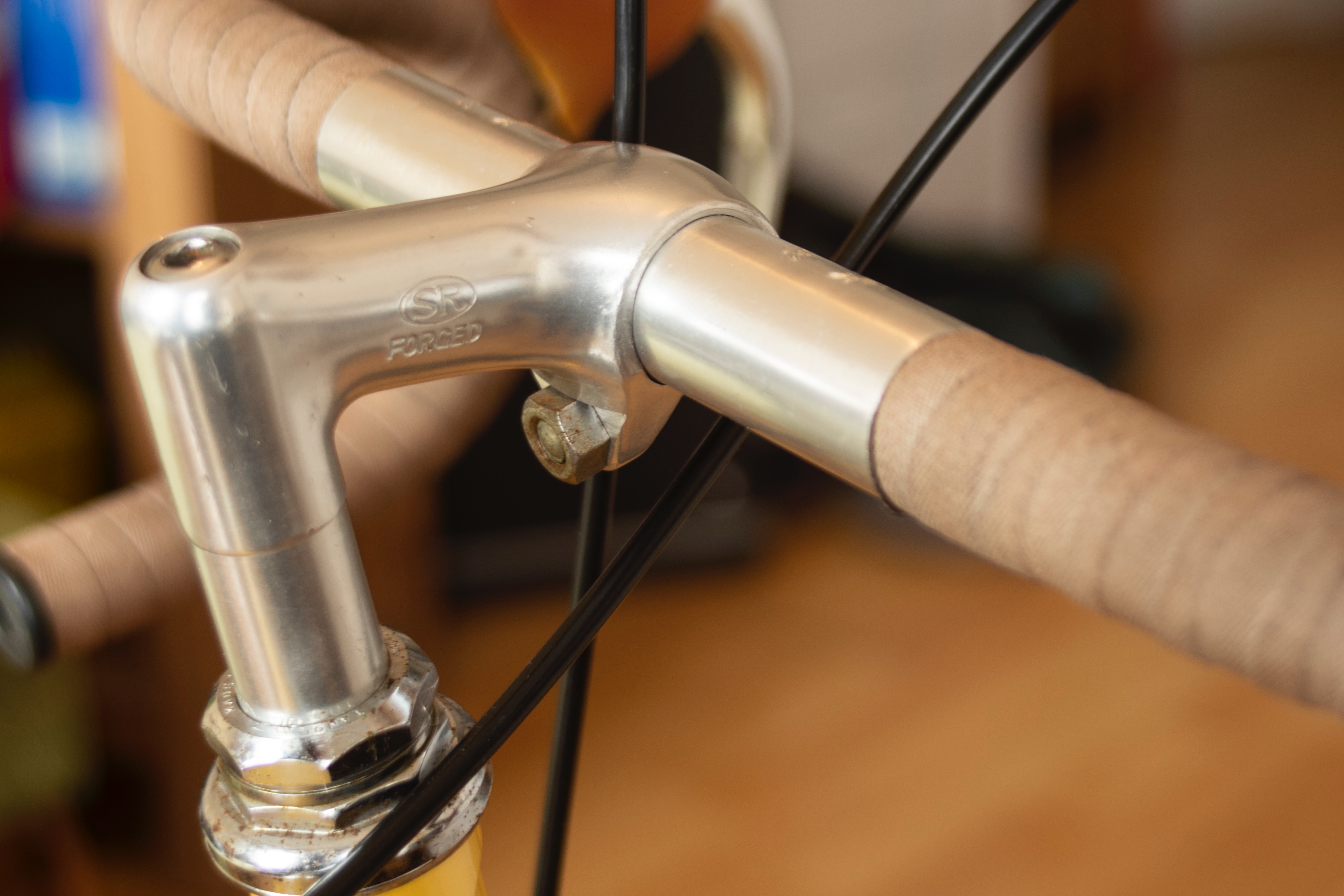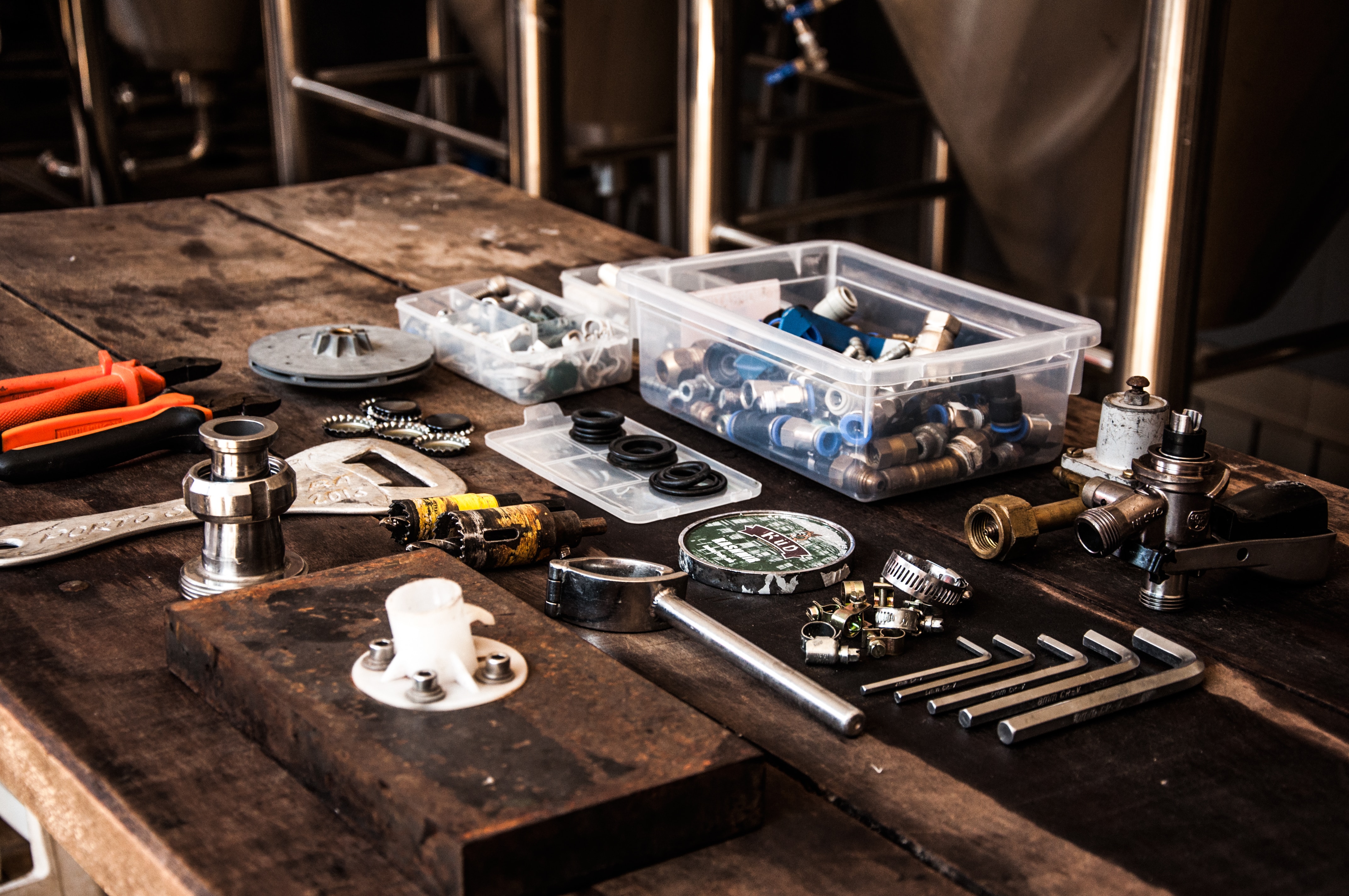
What you Can do with Low Water Pressure at Home
- On September 30, 2019
We’ve been getting inquiries about low water pressure at home. It’s not one of the most common questions that come to us but it’s one of the most difficult to solve by homeowners themselves… that is if it’s a complicated type of low water pressure problem.
Low water pressure issues can be categorized into two. Easy and complicated. Easy low-water pressure problems can be solved by simply loosening up some components of the plumbing system. You can do this on your own.
Complicated ones are those that require professional plumbing tools and those that can potentially damage your water flow if not done right. Take note that there are plumbing works that are required to be done by licensed plumbers, in accordance with the rules of PUB.
Today, we’ll talk about the common causes of low water pressure problems at home and how to address them.
Common causes of low water pressure
Clogged pipes
Don’t take your chances when you find out that clogged pipes are the reason why you have low water pressure at home. You can easily call a 24-hour plumber Singapore to get to the bottom of the problem.
Steel Pipes

Some old plumbing systems that were constructed several years are still composed of steel pipes. Until now, there are plumbing companies using steel for plumbing pipes. But this material corrodes and gets damaged more easily than the advanced, plastic-based PEX tubes and PVC plumbing pipes. Medium to severe damage in the steel pipes is another possible cause of low water pressure. Hire professional plumbers to replace your pipes.
Water Leak
Another obvious cause of low water pressure is water leaks. Check all the pipes, faucets, and valves in your house and outside to see if there are any leaks. Band-aid solutions such as temporarily patching cracks and holes can be done while you wait for pipe repair pros to solve it.
Low supply from the building or locality

Take note of some large-scale water repairs within the building or locality. They may also affect the flow of water in your own unit. Ask the building administrators for such repair work if you’ve checked your own plumbing system and saw nothing wrong.
Our Tips
Check if only one outlet has a problem
There’s a water pressure problem that affects only one faucet, one shower, or one water outlet at home. This could be a result of an issue within that plumbing line. So when you encounter low water pressure, open all the water outlets at home and don’t assume that it’s an issue in the whole household.
Tight Shutoff Valves
Low water pressure can also be a result of a tightened shutoff valve that prevents the proper flow of water in the plumbing line. If you acquired the house from someone else, check the shutoff valve and adjust it if too tight. In worst cases, the shutoff valve is totally broken and malfunctioning, causing the improper setting for the water flow.
Use a Water Pressure Reader

Once you’ve found out that low water pressure affects all of the outlets in your home – faucets, toilet bowls, and shower, it’s now time to determine how low the water pressure is so you can take the necessary actions. If you’re keeping a water pressure test gauge in your toolbox, use it to measure the amount of pressure in the plumbing system. You should be looking at around 45-55 PSI. If yours fall anywhere below that, then it’s time to take the next step.
Check for the pressure-reducing valve
The pressure-reducing valve is a component in plumbing lines that are used to regulate the water pressure entering the house. If you bought the house from someone else, chances are the previous owner has this valve attached to the property’s plumbing line and it was adjusted to reduce the water pressure. If this is the case, then you can simply readjust the valve according to the pressure you desire. Take note that it should be around 40-45 PSI but not over 60, because that will be damaging to your home’s plumbing components.



0 comments on What you Can do with Low Water Pressure at Home